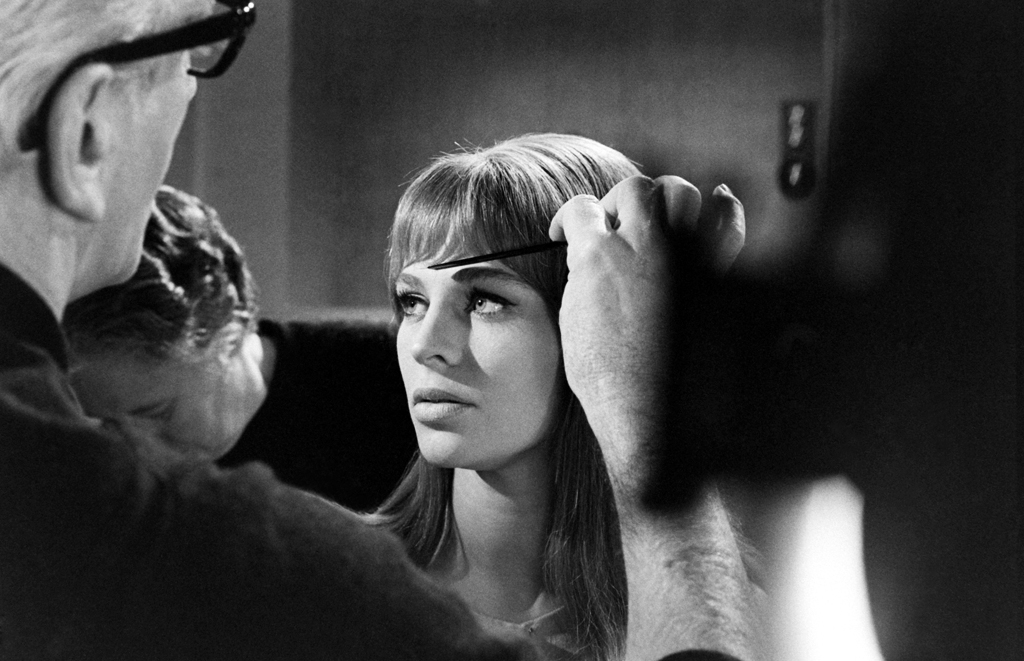
Not long after she won the Academy Award in 1966 for Best Actress, for her role as a sexy social climber in Darling, a naturally gorgeous Brit named Julie Christie appeared on the cover of LIFE magazine, which dubbed her an “anti-goddess” for her tomboy style and no-fuss attitude.
LIFE’s Paul Schutzer had trailed Christie, then just 25 years old, as she filmed her next high-profile film: Fahrenheit 451, directed by the French New Wave auteur François Truffaut. (For unknown reasons, the shot that editors selected for the April 29, 1966, cover was not by Schutzer, after all, but by Iranian photographer Hatami.)
Making the adaptation of Ray Bradbury’s dystopian novel was a huge undertaking for both the British actress and her French director: Christie was pulling double duty, cast in both the lead female roles, and Truffaut — who had built his name in 1959 with the seminal Les Quatre Cents Coups (The 400 Blows) — was taking a risk helming his first English-language film. (It would turn out to be his last.) Still, a sense of calm and respect ruled the set, according to notes filed by Paul Schutzer: “Truffaut seldom approaches her. He uses the formal ‘vous’ to Julie as he does with everyone. Everybody’s aware of his shyness and also aware of his potential warmth. It’s anticipation of this warmth that brings out the best in his team.”
As for Christie’s own work ethic and her attitude toward her craft: “I feel no difference between me acting and not acting,” she told LIFE. “There’s only one Christie. But I know I’m never more myself than when acting, because I put all of myself into it.”
“A mere three years ago,” LIFE wrote of Christie, “she was an unnoticed bit player, and she’s still pinned to a movie contract that calls for wages like those an old-time film goddess paid her second chauffeur. Julie represents a new spectrum of actresses — the anti-goddesses — but do not confuse her with just any jaunty gamine frugging on the dance floor of a discotheque. On screen, as the 2,700 movie pros who voted her the Oscar know, she burns with a nervous energy that lights up the house.”
At the time of the shoot, Christie was living with her boyfriend of about three years, an artist named Don Bessant. “I don’t suppose I’ll ever want anyone but Don, but marriage — it’s like signing your life away,” she told LIFE. By 1967 the couple had split, and Christie was in a relationship with Warren Beatty, who would later remark that she was “the most beautiful and at the same time the most nervous person” he had ever known.
“For men, I don’t think it’s sexiness in me that appeals to them, but an air of abandonment,” Christie told LIFE. “Men don’t want responsibilities and neither do I.”
Despite her early misgivings about marriage, Christie did eventually marry — in 2008, she and her longtime partner, journalist Duncan Campbell, tied the knot.
“There’s still one important thing for me to do: learn,” Christie told LIFE in 1966. “I’ve got so little control over myself that adrenaline simply flows. I’m awkward, the type who always does things wrong.” But what may have felt wrong to her was all right in the eyes of her peers and critics: She was nominated for a BAFTA Award — the British equivalent of an Oscar — for her dual performance in Fahrenheit 451, and has been an Academy Award nominee twice in the decades since.
Not all of Paul Schutzer’s photos from 1966 — moody gems showing the actress on and off the Fahrenheit 451 set — made it to print. Now, five decades after Christie’s LIFE cover, LIFE.com brings to light these pictures of the film icon and thinking filmgoer’s sex symbol in her prime.
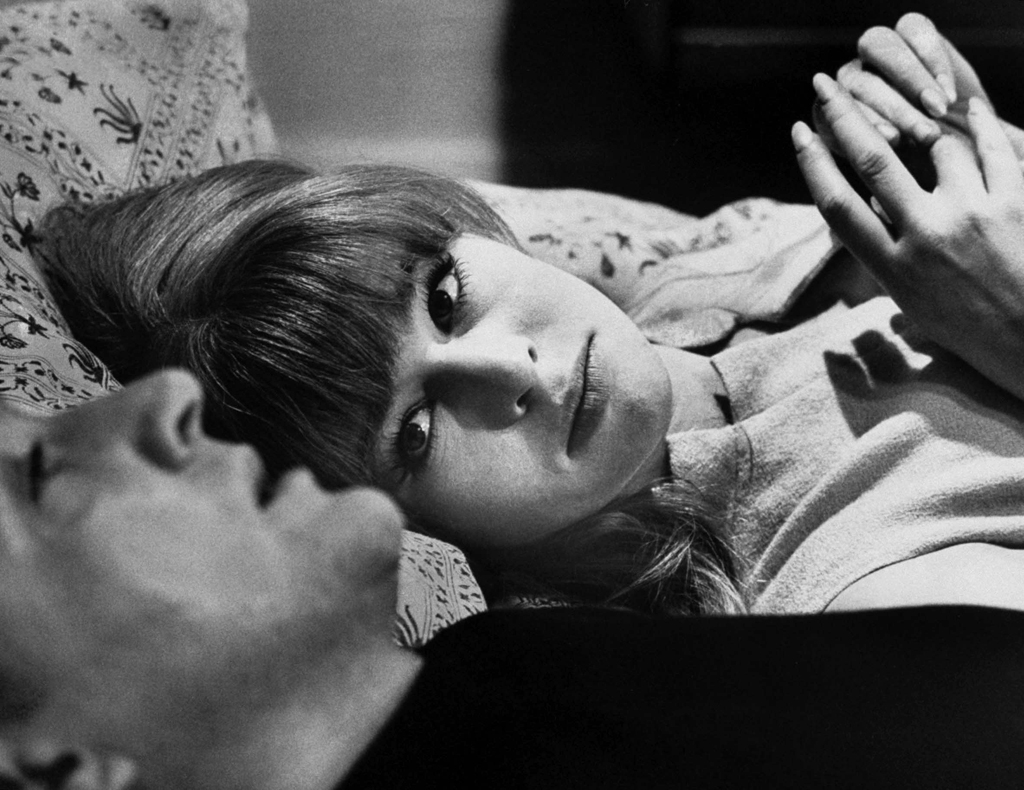




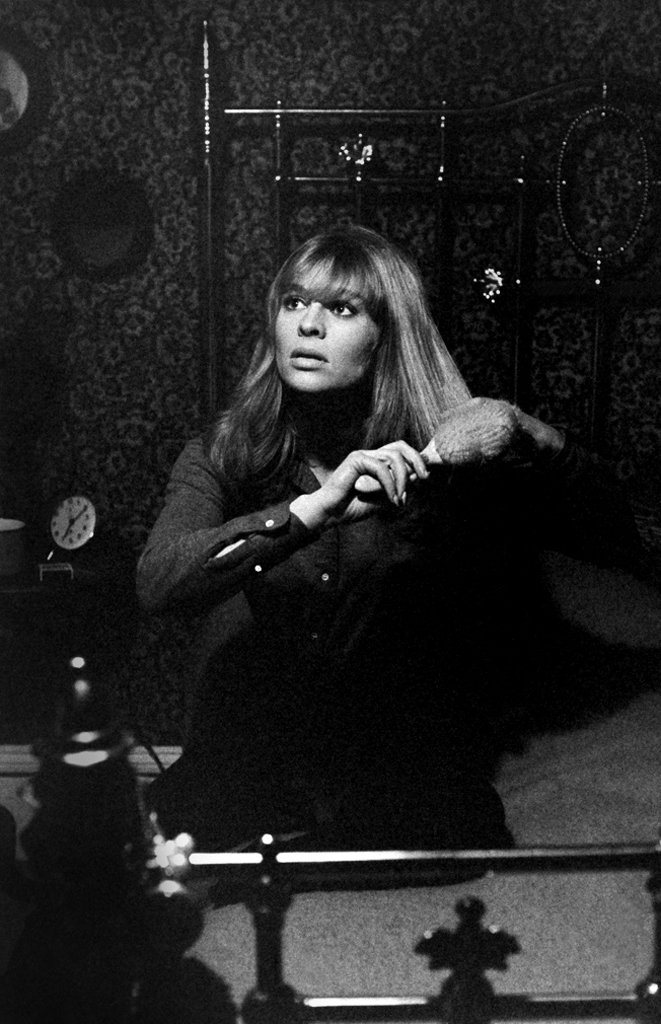

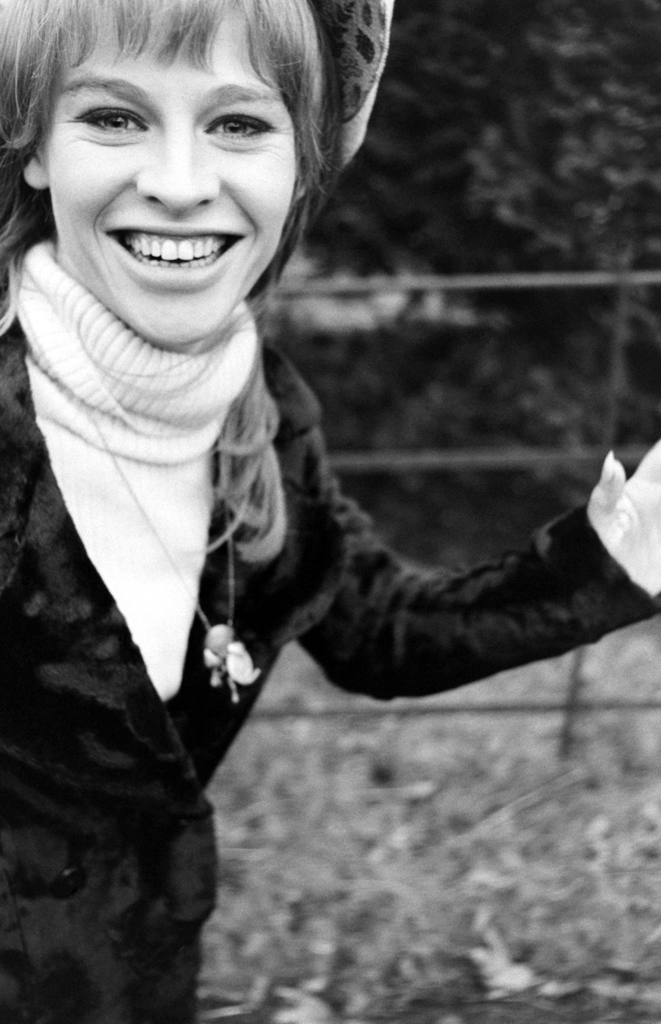

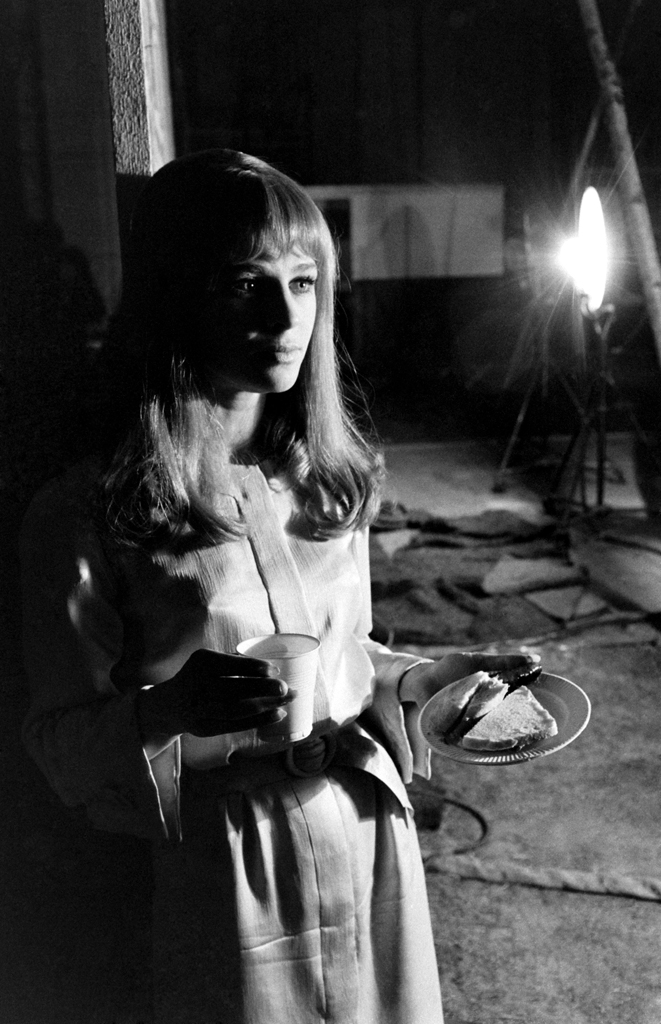
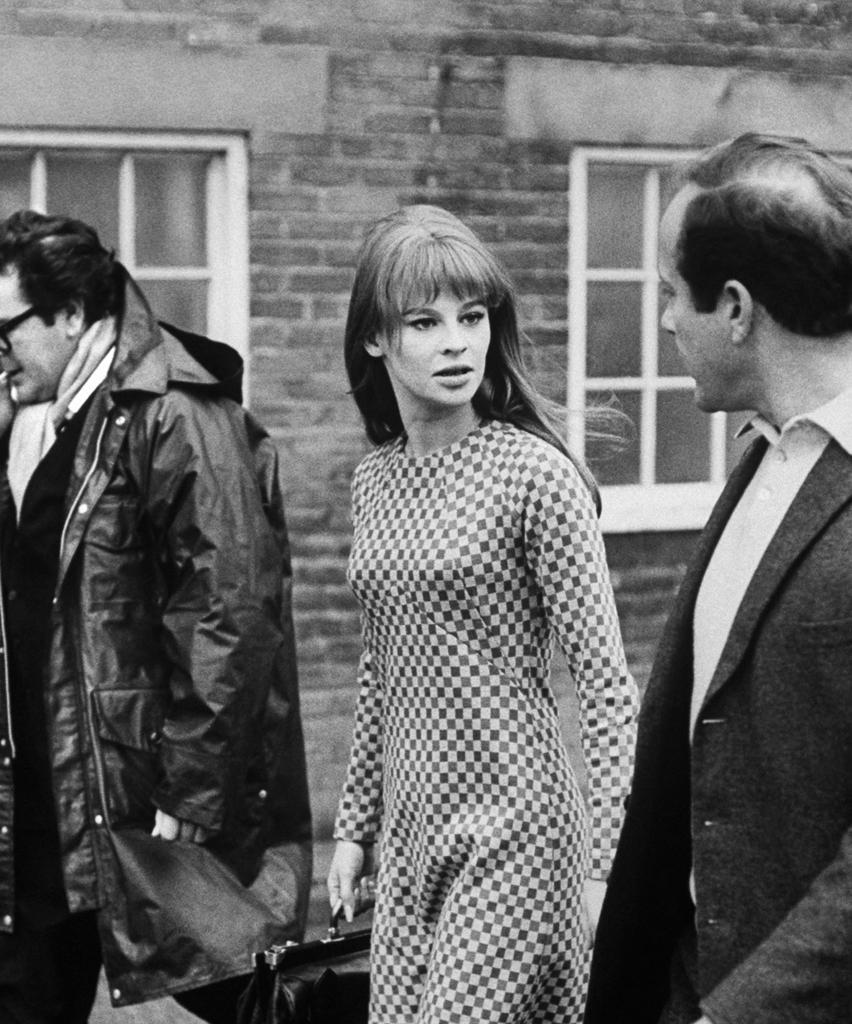



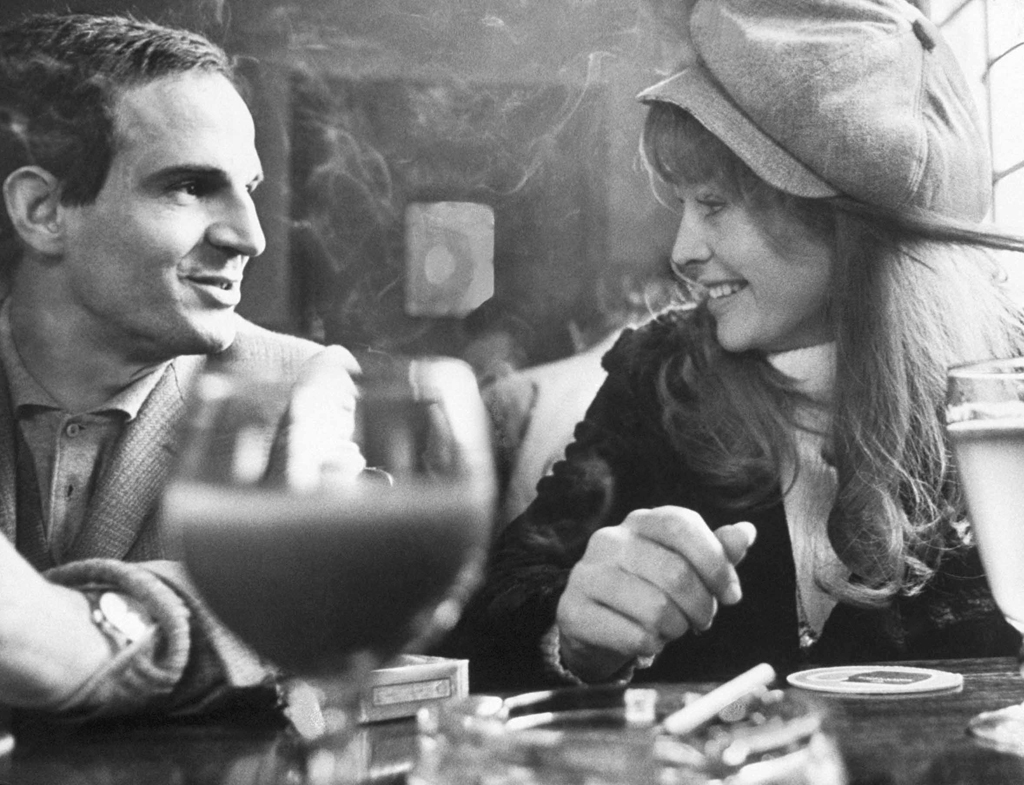
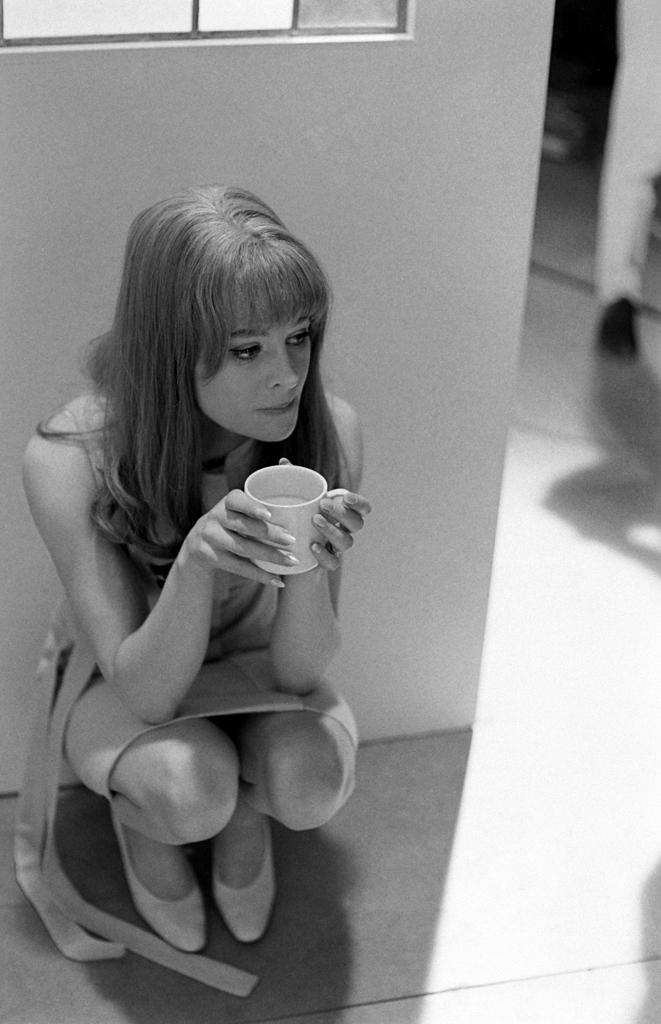
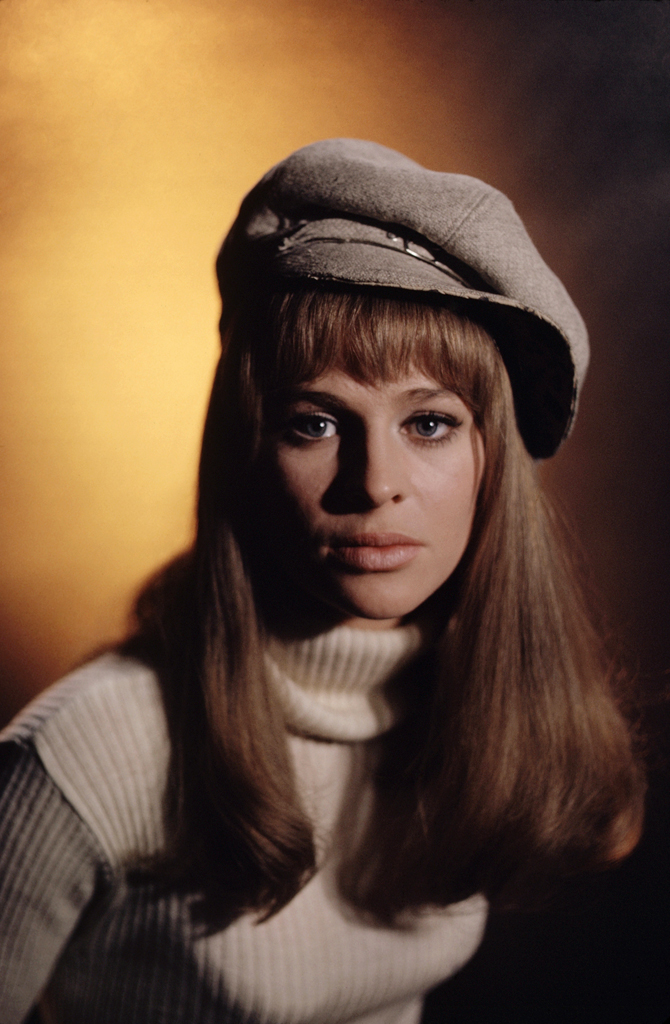
More Must-Reads from TIME
- Cybersecurity Experts Are Sounding the Alarm on DOGE
- Meet the 2025 Women of the Year
- The Harsh Truth About Disability Inclusion
- Why Do More Young Adults Have Cancer?
- Colman Domingo Leads With Radical Love
- How to Get Better at Doing Things Alone
- Michelle Zauner Stares Down the Darkness
Contact us at letters@time.com